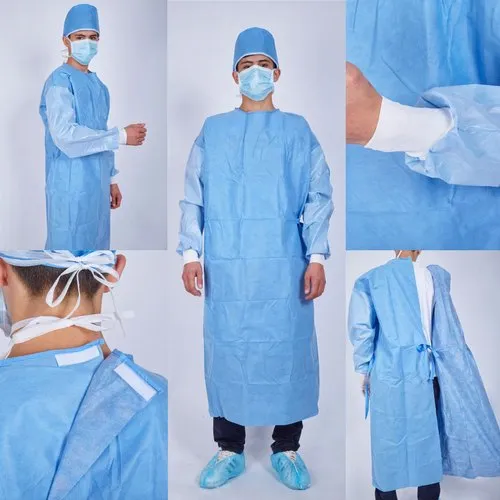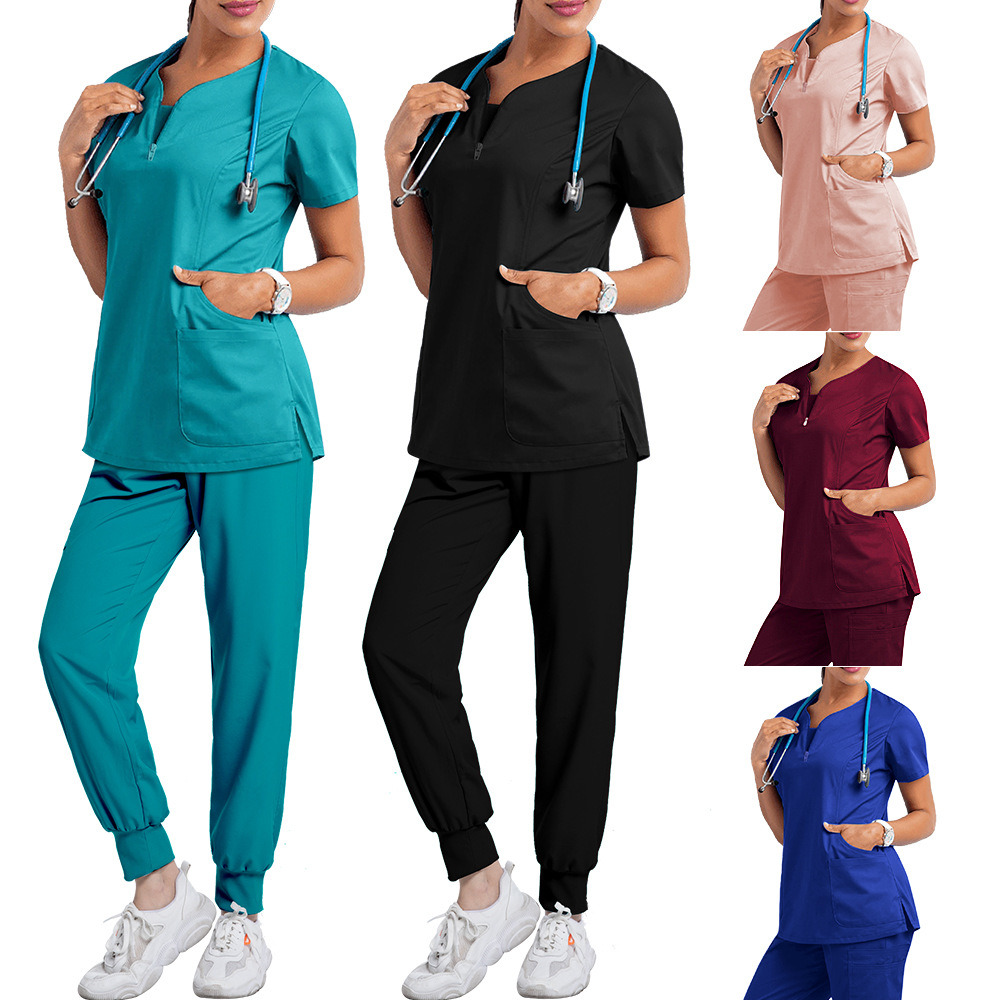Healthcare uniforms are specialized clothing worn by professionals in the healthcare industry to promote hygiene, professionalism, and identification. These uniforms are designed to meet the unique needs of medical settings, where cleanliness, comfort, and functionality are essential. Healthcare uniforms vary depending on the specific role, institution, and regulations, but they generally share certain characteristics:

Jerseys/Tops: The jersey or top is a key component of a sports uniform. It typically displays the team’s colors, logo, and sometimes the player’s number and name. Jerseys are designed for comfort, mobility, and breathability, depending on the sport’s intensity.

Lab Coats: Lab coats are worn over regular clothing to provide an extra layer of protection and hygiene. They are often white and have pockets for holding pens, notepads, and other essentials. Lab coats are commonly worn by doctors, researchers, and other professionals in clinical and laboratory settings.

Uniform Colors: Different healthcare institutions may have specific color codes for uniforms to differentiate roles or departments. For example, nurses might wear one color, while doctors wear another. This helps patients and colleagues identify different team members easily.

Footwear: Comfortable and supportive footwear is crucial for healthcare professionals who spend long hours on their feet. Many healthcare workers opt for closed-toe shoes with slip-resistant soles to reduce the risk of accidents and promote safety.
Identification Badges: Many healthcare uniforms include identification badges with the professional’s name, title, and institution. This helps patients and coworkers know who they are interacting with.
Hair Coverings: In settings that require strict hygiene, healthcare workers may need to wear hair coverings such as bouffant caps or surgical caps to prevent hair from falling into sterile environments.
Masks and Gloves: While not part of the traditional uniform, masks and gloves are essential protective gear in healthcare settings, especially during procedures or when dealing with infectious materials.
Infection Control: Healthcare uniforms should be designed to minimize the risk of cross-contamination. This includes features like minimal pockets (to prevent accumulation of debris) and easy-to-clean materials.
Maternity and Plus Size Options: Healthcare uniforms should be inclusive and offer options for pregnant individuals and those with different body types.
Personal Protective Equipment (PPE): In situations requiring higher levels of protection, such as during pandemics or when dealing with hazardous materials, healthcare workers may need to wear additional PPE, including gowns, face shields, and respirators.
Embroidery and Customization: Some healthcare uniforms feature embroidered logos, institution names, or department identifiers. This helps establish a sense of belonging and professionalism.
Cultural Sensitivity: Healthcare uniforms should respect cultural and religious considerations. For example, some individuals might require modesty accommodations or specific types of head coverings.



Copyright ©️ 2023. All Rights Reserved | Design and Marketing by prontosys.ae